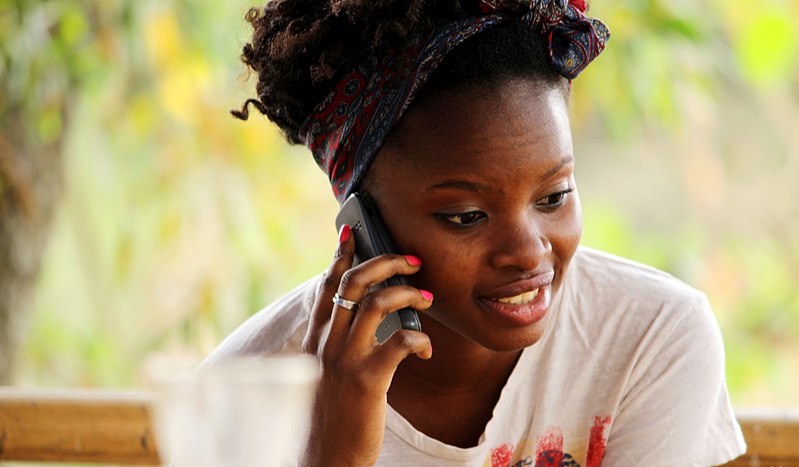Supplying Women Mobile Phones in Africa

The number of people using mobile phones in Africa has been rapidly increasing in the past two decades, and this is mainly due to how vital phones have become to the daily lives of Africans. In addition to essential communication features such as phone calls or texts, mobile phones are also the current mainstream method for Africans to access the internet. However, there is a significant gender disparity in access to mobile phones and internet among Africans, and women are far more likely to lack access to mobile devices and mobile internet.
The Explosive Growth of the African Mobile Phone Market
Just about two decades ago, mobile phones were an inaccessible novelty good to the overwhelming majority of Africans. In 2000, merely 2% of the population in sub-Saharan Africa had mobile phone subscriptions. However, over the past years, the mobile phone market in Africa underwent exponential growth. As of 2021, 84% of the same sub-Saharan population now have some form of mobile subscription.
In many African nations today, mobile phones have become more common than even basic resources like electricity. Mobile phones have also become the current mainstream method for Africans to access the internet with nearly 70% of African internet traffic coming from mobile devices alone.
The fast-growing usage of mobile phones in Africa is also due to the continent’s commercial profile, as mobile money and banking are immensely popular for consumer payments in Africa. In 2018, nearly two-thirds of all mobile money transactions were in African nations, and the total amount of transactions surpassed $25 billion.
The Gender Gap of Mobile Phones in Africa
However, despite the growing importance of mobile phones in the lives of Africans, there is also a huge gender disparity in access to mobile phone technology, and women are falling behind both in terms of mobile phone ownership and mobile internet access. As of 2021, there was a significant 37% gender gap in mobile internet use in sub-Saharan Africa.
This gender gap also extends to the type of mobile phone Africans own. African women are as much as 30% less likely than men to own a smartphone and are more likely to own older, basic mobile devices than men, according to the 2022 GSMA report. The smartphone gap shows how women are disadvantaged in accessing advanced technology and opportunities, as smartphones have greater utility and access to useful tools such as social media and mobile apps.
Smartphones4good Presents a Solution
Smartphones4good is a Finnish startup that collects used smartphones from developed nations through donations. The phones are refurbished and then leased to female African entrepreneurs at affordable prices. While many Africans do have access to basic cell phones, many have limited functionalities and cannot provide access to the internet. Moreover, purchasing a new smartphone is often too expensive to be a viable choice for underserved African women, according to the 2022 GSMA report. Smartphones4good focuses on closing the gender disparity of mobile phones in Africa by providing affordable internet access to African women and helping them access resources such as online sales platforms and social media networks.
Looking Ahead
Since the early 2000s, mobile phones in Africa have rapidly become an essential item for most Africans. However, the persisting gender disparities in mobile ownership illustrate a clear picture of the additional challenges African women face in their lives. The efforts of Smartphones4good aim to close the gender gap in Africa’s mobile phone landscape and empower more women to break barriers by connecting with the rest of the world.
– Junoh Seo
Photo: Wikipedia Commons
